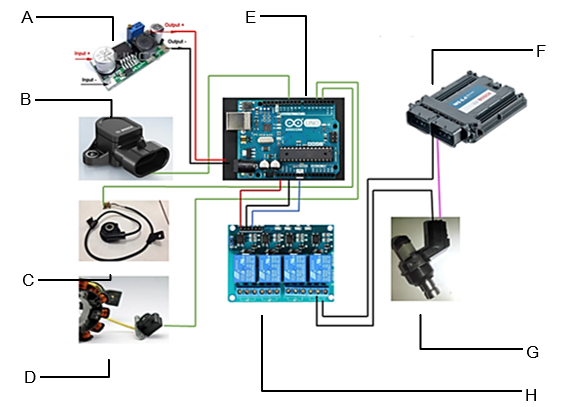Main Article Content
Abstract
The number of motorised vehicles has increased significantly in recent times. Derived petroleum products are still the main fuel for these internal combustion engines. But on the other hand, its availability is decreasing and its price is becoming increasingly expensive. This problem is the background to the importance of efforts to improve the efficiency of fuel consumption in motorised vehicles. One way to improve fuel efficiency is by increasing the optimisation of Air Fuel Ratio (AFR) with a control system. In this research, the control system used is an external engine control system (Honda Verza 150 FI) that works based on vehicle speed data. This control system works by resetting the fuel supply released when the motorbike decelerates so as to produce a better AFR value and more efficient fuel consumption. Based on the results of experimental tests conducted at 5 different deceleration speed variations (40 km/h, 50 km/h, 60 km/h, and 70 km/h) when using a modified ECU there is an increase in AFR value when compared to when using a standard ECU. The highest increase in AFR value occurs at a deceleration speed of 70 km/h with the AFR difference reaching 0.4 when compared to using the standard ECU. As for fuel consumption, the modified ECU is 150 cc more efficient than the standard ECU with the same test distance of 35.2 km
